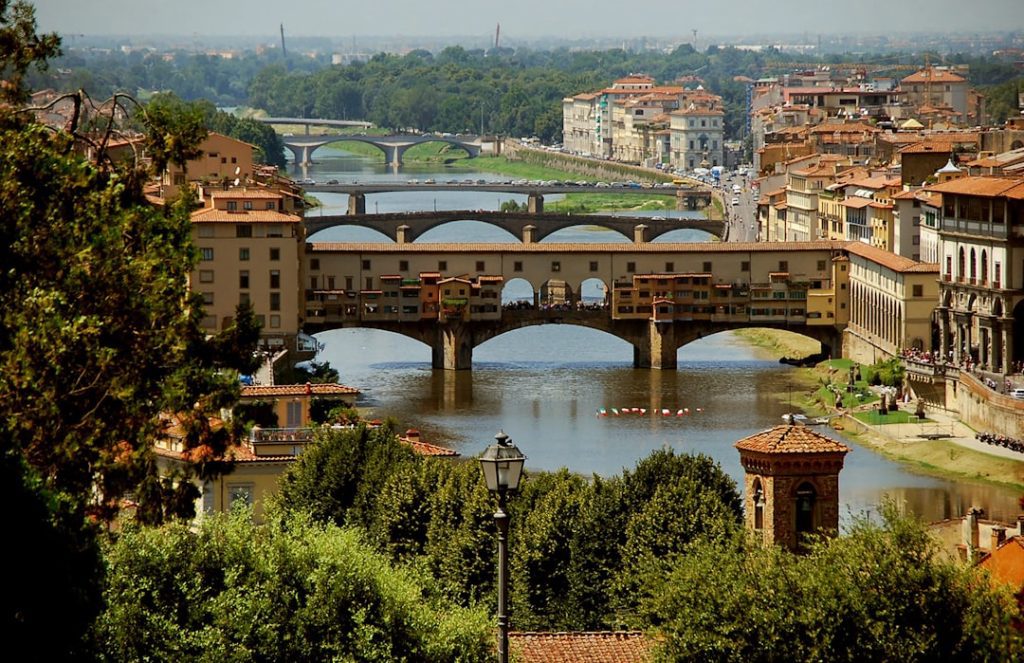Explore Italys must-see places, from historic landmarks to culinary delights, and uncover hidden gems across its diverse regions.
Discovering Italy’s Rich Tapestry of Must-See Places
Italy is a treasure trove of cultural and natural beauty, boasting an impressive 60 properties on the UNESCO World Heritage List. This includes iconic sites like the Historic Centre of Florence and the Archaeological Areas of Pompeii, both of which encapsulate the country’s rich history. Visitors can expect to be immersed in Italy’s vibrant art scene, culinary delights, and time-honored traditions that make it a prime destination for travelers from around the globe.
The diverse landscape of Italy enhances the travel experience, offering everything from picturesque coastal towns such as Positano to the rolling hills of Tuscany. Each region showcases its own unique traditions and festivals, contributing to a rich cultural depth that travelers can explore. For instance, attending the Palio di Siena, a historic horse race held twice a year, allows visitors to witness the fervor of local traditions and community spirit.
Top Cities to Visit in Italy
For first-time travelers, Rome is an absolute must-visit city, rich in history and brimming with iconic landmarks. The Colosseum, the grand amphitheater that once hosted gladiatorial contests, draws millions of visitors annually, while Vatican City, home to St. Peter’s Basilica and the Vatican Museums, is a cultural powerhouse. These historical sites not only capture the essence of ancient Rome but also provide a glimpse into the spiritual heart of the Christian world.
Florence stands out as the cradle of the Renaissance, featuring remarkable art and architecture. The Duomo, with its breathtaking dome engineered by Brunelleschi, is a highlight, as is Michelangelo’s David housed in the Accademia Gallery. A short train ride away, Venice enchants with its winding canals and historic gondolas, making St. Mark’s Basilica and the Rialto Bridge essential stops for any traveler.
Key Historical Landmarks
Italy is replete with historical landmarks that tell the story of its illustrious past. The Colosseum, completed in 80 C.E., is a monumental structure that exemplifies Roman engineering prowess and remains a vital symbol of ancient Rome. Another significant site is the Vatican City, where St. Peter’s Basilica, adorned with exquisite art and architecture, stands as a testament to Renaissance brilliance and spiritual significance.
Florence houses the Uffizi Gallery, which is home to timeless masterpieces by artists such as Botticelli and Leonardo da Vinci. Meanwhile, the Leaning Tower of Pisa embodies Italy’s rich engineering history while also serving as a major tourist attraction due to its unique tilt, drawing visitors eager to capture the perfect photo.
Recommendations for Local Cuisine
Italian cuisine is as diverse as its regions, with each area offering unique local dishes. In Bologna, travelers can savor rich tagliatelle al ragù, often referred to as Bolognese sauce. Florence is celebrated for its vibrant markets where visitors can indulge in local wines and traditional dishes like pappa al pomodoro, a hearty tomato bread soup.
Exploring regional specialties, such as saffron risotto in Lombardy or Neapolitan pizza in its birthplace, Naples, is essential to experiencing authentic Italian flavors. Additionally, gelato shops in Florence are renowned for serving some of the best gelato in the world, providing a sweet treat to cool off during warm days.

Tips for Navigating Transportation
Navigating Italy’s major cities is best done by train, as high-speed services connect key destinations like Rome, Florence, and Venice swiftly and conveniently. Booking tickets in advance not only saves money but also helps avoid long lines at popular tourist attractions, allowing for a more relaxed travel experience.
For local exploration, public transport options such as buses and trams are efficient and cost-effective. Renting a car can be advantageous for those looking to explore the scenic countryside, particularly in regions like Tuscany where picturesque landscapes await. Familiarizing oneself with local transportation apps can enhance convenience by providing real-time schedules and ticket purchasing options.
Best Times to Visit Italy
Timing your visit to Italy can significantly enhance your experience. The optimal duration for a trip is between 8-12 days, allowing ample time to explore the rich tapestry of attractions. Visiting during the off-season, particularly from late fall to early spring, can help avoid crowds and high prices, particularly in popular tourist hotspots.
Spring (April to June) and fall (September to October) are often regarded as the best times to visit due to mild weather and fewer tourists. Major festivals, such as Carnevale in Venice, provide unique cultural experiences when timed correctly, enriching your travel itinerary. However, summer can be sweltering and crowded, making autumn a more pleasant option for many travelers.
Exploring Hidden Gems in Italy
Beyond the well-trodden tourist paths, Italy is home to numbers hidden gems waiting to be explored. Puglia, with its stunning beaches and unique trulli houses, offers a more authentic experience away from the bustling crowds. San Gimignano, often dubbed the “Manhattan of the Middle Ages,” is famous for its medieval towers and the delightful Vernaccia wine that visitors can sample.
Bologna is another city that showcases Italy’s culinary heritage, inviting travelers to indulge in its vibrant food scene. Matera, known for its ancient cave dwellings, presents a unique glimpse into Italy’s historical landscape and was even designated a European Capital of Culture. For outdoor enthusiasts, the Dolomites provide breathtaking mountain landscapes perfect for hiking and skiing, making it a year-round destination.

